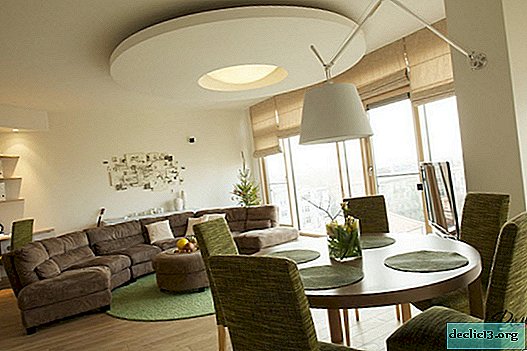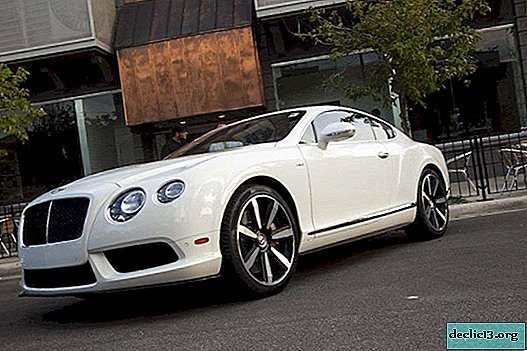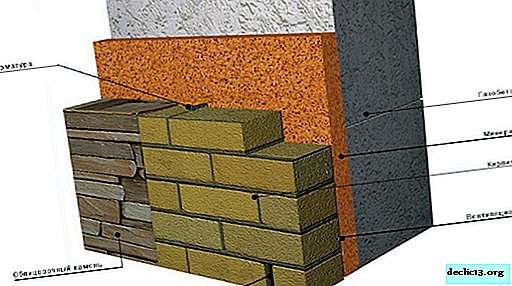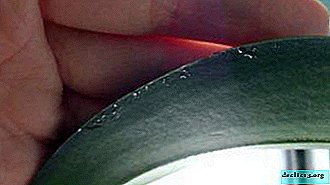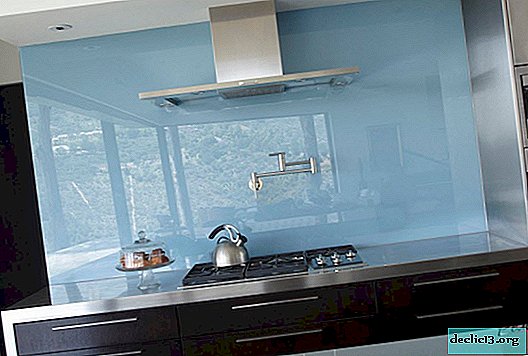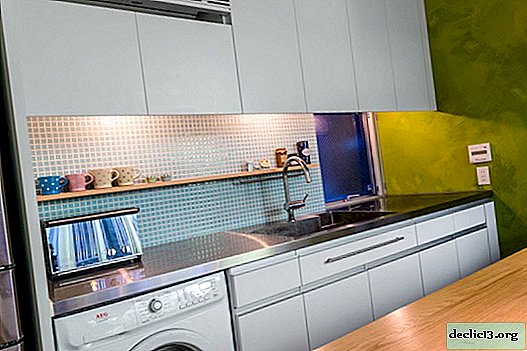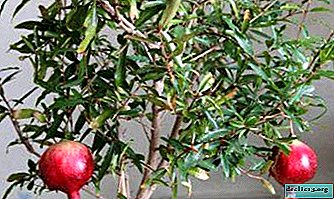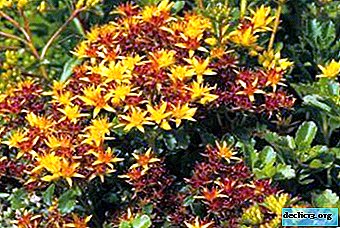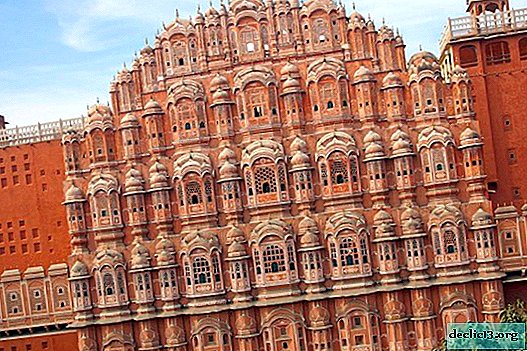Attractions of Setubal, one of the main ports of Portugal
Setubal (Portugal) is a small, picturesque town located on the Atlantic coast. This is an important port of a country with a developed industry. However, thousands of tourists come here every year to enjoy the amazing nature, try exotic fish and seafood, and also get acquainted with the rich cultural and historical heritage of Setubal.
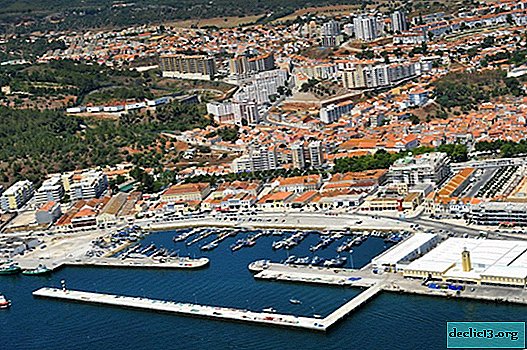 Photo: Setubal, Portugal
Photo: Setubal, Portugal General information
The city is the center of Setubal municipality, where 122.5 thousand people live. Setubal is located on the peninsula of the same name, at the mouth of the Sadu River and covers an area of 170.5 square kilometers.
History reference
The ancient Romans were the first to settle on the territory of the modern city of Portugal, the ruined military camp and the salt factory remind of their stay in Setubal. During the heyday of the Roman Empire, salt was used as a currency; factories for the extraction and processing of white currency were actively erected in Setubal. Various types of fish were caught and salted here, and they were engaged in the production of clay products.
After the fall of the Roman Empire, Setubal fell into decay and after some time passed into the possession of the Portuguese monarch Afonso Enriques. In the 14th century, the city began to be strengthened in order to protect against pirates; three centuries later, St. Philip's fortress was built. By this time, shipping was actively developing in Setubal. In 1755, an earthquake completely destroyed the settlement, but it was quickly restored.
What to see in Setubal?
The city is located in an area with an amazing climate - Setubal borders the National Park and adjoins the Sad River. Tourists are attracted by ancient, narrow streets, small houses, antique shops and picturesque, green gardens. Setubal harmoniously coexists in architectural and historical sights - monuments of different cultures and eras.
Cathedral of Santa Maria de GrazInteresting fact! Flocks of dolphins swim in the Garden, you can enjoy a stunning sight in the evenings.

It was built in the 13th century, and in the 16th century the building was reconstructed and decorated with unique tiles. There is a temple on Santa Maria street next to the Baroque Museum. Outside, the building looks elegant and massive enough. The edges of the cathedral are fortified with bell towers, and the entrance is decorated with a colonnade. The interiors are decorated with exclusive ceramic tiles made in the 18th century and carved in gold.
Helpful information:
- Address: Largo Santa Maria;
- work schedule: from September 16 to May 31, the temple is open daily from 9-00 to 20-00, from June 1 to September 15 you can visit the cathedral from 9-00 to 22-00.

Another significant attraction of Setubal. The building, made in the Gothic style, attracts visitors to the city with surprisingly exquisite columns of pink stone.
The temple is located in the northern part of Setubal and was built over 500 years ago. Funds for the construction donated by the monarch Juan II. After 4 years, the king died without waiting for the completion of construction work, but the construction of the church continued to be controlled by King Manuel I. 5 years after the start of construction, nuns lived in the temple. In the main chapel of the monastery there is the tomb of the founder of the shrine - Justa Rodriguez Pereira.

Near the temple is Jesus Square - this territory in the 16th century was given to the monastery by the illegitimate son of King Georges de Lancaster. A cross is installed in the center of the square.
Inside the walls of the temple are decorated with tiles, which depict the life of the Virgin Mary. At the monastery there is a gallery where a collection of local artists of the 15-16th centuries is presented.
National Park of Serra da ArribaOne of the most picturesque sights of Setubal (Portugal), which locals and tourists call the pearl of the city. A huge park area (11 thousand hectares) is located at a distance of 40 km from the capital of Portugal between Setubal and Sesimbra.

Interesting fact! Arriba translated is a holy place for prayer.

The park is notable primarily for its amazing Mediterranean vegetation, which adorns the hills, the close proximity of the ocean and the bright sun. From the highest point, a gorgeous panoramic view opens up - a flat surface and the Atlantic Ocean. In the southern part of the hill in the 16th century a monastery was built, today there is a branch of the Museum of Oceanography.
The main place all tourists strive to get to is Portinho da Arrabida Bay. People come here to relax on the beach, go diving.
Useful advice! On the beach you can rent a boat and take a trip along the coast.
There are cafes and restaurants along the coastline where you can eat, and picnic areas are also provided.
Mercado do Livramento MarketBe sure to take the time to visit this market. You can find him near Luis Todi Square. This is an amazingly atmospheric place where you can buy fresh vegetables, fruits, pastries and, of course, fish and seafood.

The territory of the market is divided into thematic shopping arcades, each of which is indicated by a corresponding sculpture. You did not even suspect most of the fish species represented in this trading place.

Traditional Portuguese tiles deserve special attention - they are more than two hundred years old.
Good to know:
- it is better to come to the market in the morning when the most products are on the shelves;
- there is a clean toilet on site;
- Mercado do Livramento is closed on Monday;
- There is a coffee shop and cafe in the market.
Luis Todi Central AvenueInteresting fact! According to the USA Today newspaper, Portuguese Mercado do Livramento entered the list of the best markets in the world. It is always clean, it smells of fresh food, and prices are much lower than in supermarkets.

A wide, well-groomed avenue, surrounded by greenery. Its pedestrian part is bordered on two sides by roads. For walks, evening is best, but if you tolerate the heat well, you can take a walk during the day, sit in the shade of trees, eat in a restaurant or cafe, look at shops, and admire the sculptures. The avenue resembles a park area more than an ordinary city street. There is paid parking near the avenue.
Castle of St. Philip
The attraction is located on a hill at the top of Setubal. Construction work began at the end of the 16th century, when the country was ruled by the monarch Philip I. The fortress has an unusual architecture - the shape of a five-pointed star. It was believed that this form would most effectively protect the settlement from attacks by enemies and pirates.
Inside the walls of the castle are decorated with tiles of the 18th century, painted by a famous Portuguese master. After the disaster of 1755, the fortress was restored and included in the list of national monuments of the country. Today on its territory is a hotel.
How to get to Setubal from Lisbon
The main airport of the country is in Lisbon, so most tourists leave for Setubal from the capital. There are several ways to get to Setubal.
 By bus
By busThe journey takes about 45 minutes. Tickets cost from 3 to 17 euros. Flights run at intervals of approximately 1 hour, the first flight at 7-30, the last at 19-30. Setubal is followed by Rede Expressos buses.
By trainThe journey takes about 55 minutes. Tickets cost from 3 to 5 euros. Frequency of departure - every hour. Setubal is followed by a comfortable two-story Fertagus train.
By ferry
A ferry is a great option if you are planning a sightseeing tour in Setabul, but live in the capital. There are three berths in Lisbon where ferries depart, but in the direction of Setubal transport runs only from the marina of Terreiro do Paço (Terreiro do Pasu) or Praça do Comércio (Praça do Comércio).
The journey takes about an hour, the ticket costs from 3 to 6 euros. Ferries sail from the pier every 20 minutes, go to Barreiro, here you need to catch the train that goes to Setubal. Trains leave every quarter hour, the journey takes about 30 minutes.
TaxiThe most comfortable, but not the cheapest way to get from the capital to Setubal is to book a transfer. In this case, you will be met right in the airport building or will arrive at the hotel. The cost of the trip will cost 30-40 euros.
By carThe trip by car will take about 35 minutes, you will have to drive a little more than 49.5 km. The cost of the trip is from 6 to 10 euros.
Compare accommodation prices using this form
Weather and climate

A warm Atlantic current forms the weather of Setubal. It has a warm, comfortable climate.
In winter, the average temperature during the day is + 10 ° C, and in summer it varies from +25 to +33 ° C. The most rainy weather is observed in spring and autumn. The least rains are from May to September. During this period, the weather is most favorable for visiting Setubal - the heat is almost not felt, as a refreshing breeze from the ocean blows.

As for the water temperature, it is quite low, only +17 ° C, the Atlantic Ocean off the western coast of Portugal is significantly colder than in the Mediterranean Sea.Find out RATES or book any accommodation using this form
Setubal (Portugal) will not leave anyone indifferent. It is enough to walk along its streets to imbue a centuries-old history. Old buildings and modern buildings peacefully adjoin here, perfectly smooth sidewalks and old paving stones, stylish hotels and old factories. Be sure to visit the restaurants and cafes of Setubal, try the national dishes and fine wines of Portugal.
Looks like the city of Setubal and its attractions, see the video - high-quality aerial shots!


